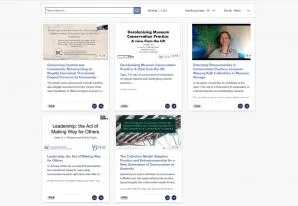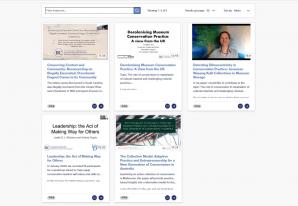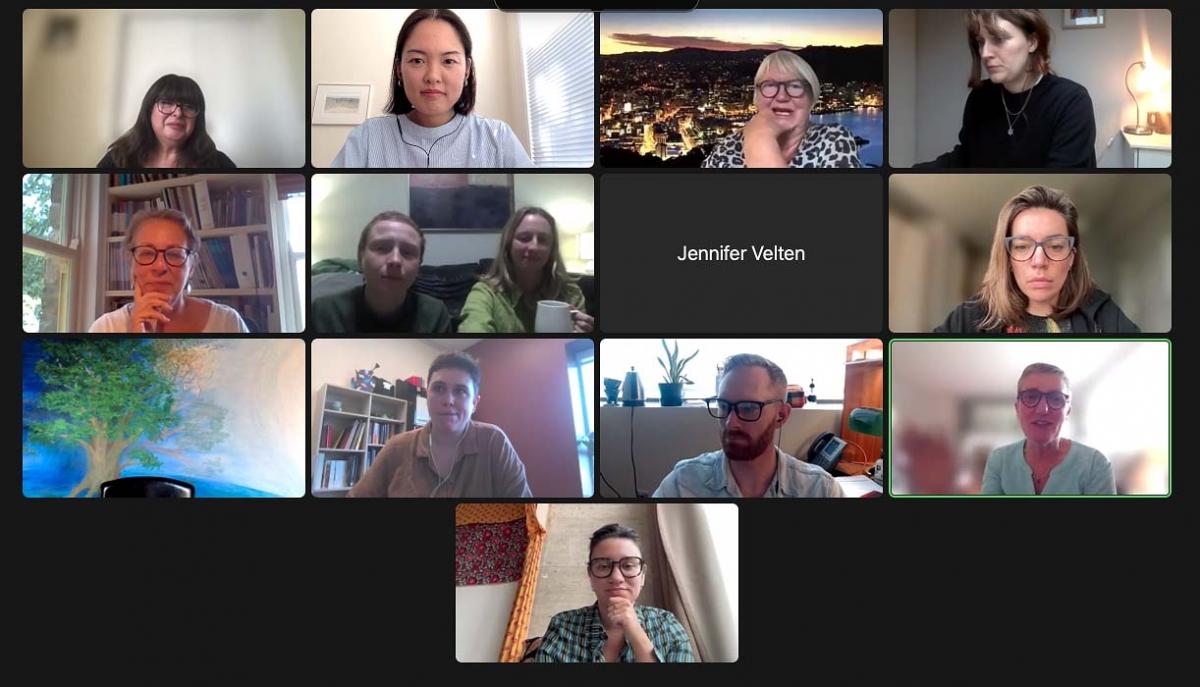North America Regional Live Hub
Submitted by Kate Smith on 08 Sep 2022

Yuqi Chock
The Q&A portion of the North America Regional Live Hub, featuring five presentations, started off with a warm welcome by co-chair Rebecca Rushfield. Seven of the paper presenters were able to join the session – Irit Narkiss, Eleanor Vallier and co-presenter Hanna Sandgren, Eva Christiane von Reumont, Gyllian Porteous and co-presenter Nick DeLong, and Joelle Wickens (with co-presenter Anisha Gupta unable to join). The session’s two other co-chairs were Stavroula Golfomitsu, and Sarah Staniforth, while the second Digital Engagement Volunteer for this live hub was Elizabeth Hébert.

Improving community inclusion
The question of how practical or feasible had the presenters found it to implement community inclusion and engagement within their day-to-day activities was one of the main topics discussed. Joelle responded firmly, that we have to make it feasible, as it brings a completely different aspect to things that we do as conservators, and emphasized the need to change our approach towards people-centred conservation.
Hanna and Eleanor offered their points of view as early-career conservators, that it was definitely not an easy thing to do especially at the beginning of their careers. They suggested going in with the understanding that the process would not be simple and that there would be lost efficiencies by choosing this route, but that from personal experience, they found that their early efforts paid off and the results were all the richer from including previously excluded voices. They also pointed out that over time, as processes become more streamlined, things will become easier compared to at the beginning.
Irit acknowledged coming from a different position from the other presenters, where her institution was approached with the request for repatriation of cultural material to Australia. Compared to other countries, there is also not a large native community present in the UK. She stated that while at first the local community needed convincing that participation in the project would be beneficial and would provide good publicity, they were eventually supportive of the process. Gyllian revealed that a major aspect that helped in arguing for community consultation was by pointing out that the project would be able to access grant money if consultation was involved. However, this worries her as it is not a sustainable practice, and there will be less incentive for people to participate if there is no funding involved. Nick, who is a marine archaeologist, said that he had been trying for a long time to get local communities involved in his projects, with a view on providing education on the management of archaeological sites so that communities feel a deeper connection to the sites, and thus the beneficial effects of the excavations could last longer.

Eva offered a suggestion for offering funding within institutions for conservators to initiate community participation. She argued that since curators are often able to obtain funding to travel to meet local communities as part of the exhibition planning process, conservators should also have access to funds for similar purposes.
The conversation then moved towards how we are able to get museums and institutions to embrace new modes of practice, and how we can change the culture of other people within our institutions who may have a very different idea of what conservation should be. Joelle responded by saying that the question to ask is whether something is socially, economically, or environmentally sustainable, and then to move from there. Change will happen slowly, and it will take a lot of conversations. She also remarked, interestingly, that she has found it easier to have conversations on these topics with her students, rather than with faculty. At the end of a thoughtful discussion, which provided new insights into conservation work and challenges in various parts of the world, both participants and virtual attendees can be proud of having made an effort to contribute towards changing the existing conservation culture to one that is more inclusive, equitable, and accessible.
AUTHOR AND BYLINE:
Yuqi Chock is the Conservation Fellow in Community Engagement at the Museum of Fine Arts, Boston.